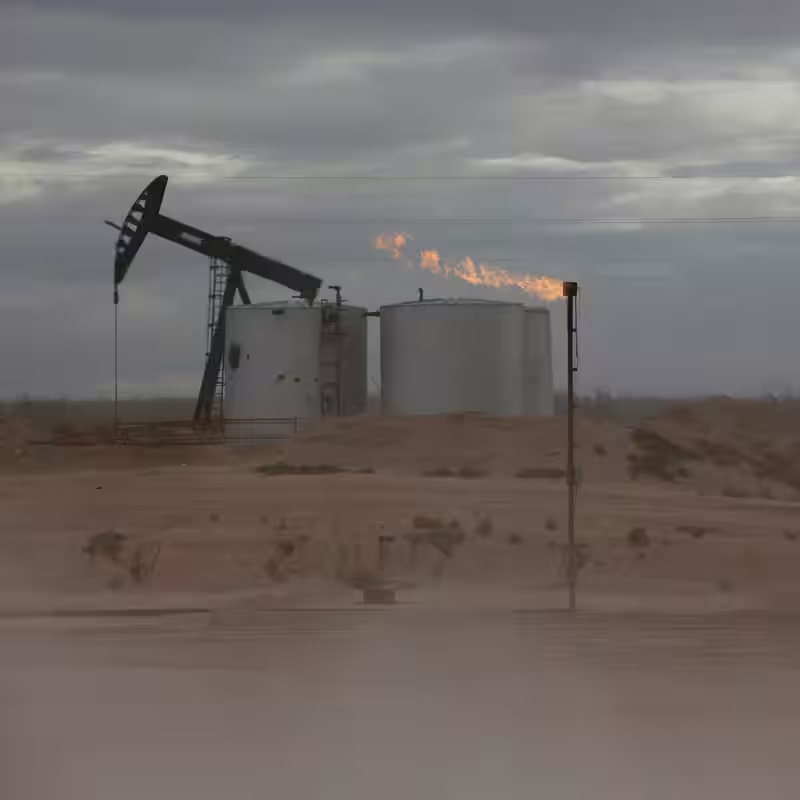The world is failing to meet its critical 2030 target to slash methane emissions, a new United Nations report reveals, sounding a stark alarm for the planet’s climate future. Despite a flurry of international programs and promises, the pace of action is simply too slow.
What is the Global Methane Pledge?
Launched at COP26 in 2021, the Global Methane Pledge (GMP) is a voluntary agreement where over 150 nations have committed to a single, crucial goal: cut global methane emissions by at least 30% from 2020 levels by 2030 . Achieving this target is seen as the single fastest strategy to curb near-term global warming, as methane is a potent greenhouse gas with more than 80 times the warming power of carbon dioxide over a 20-year period.
Methane: The Invisible Climate Threat
While carbon dioxide gets most of the attention, methane is a silent accelerator of climate change. The primary sources are human-driven (anthropogenic), with the energy, agriculture, and waste sectors leading the pack.
Who’s to Blame? The Top Methane Emitters
According to the latest data, the breakdown of major human-caused methane sources is clear:
- Energy Sector (Oil, Gas, Coal): Over 35% of global anthropogenic methane emissions. This sector offers the greatest potential for immediate and cost-effective reductions .
- Agriculture: A massive contributor, primarily from livestock (enteric fermentation) and rice cultivation .
- Waste Sector: Responsible for nearly 20% of emissions, mainly from decomposing organic matter in landfills .
The Harsh Reality: Progress is Not Enough
The U.N. Environment Programme’s (UNEP) latest report, “An Eye on Methane 2025,” paints a concerning picture. While data collection and monitoring have improved dramatically—thanks to satellite technology that has issued over 3,500 methane alerts—the actual response on the ground remains dangerously inadequate .
“Government and industry responses to our satellite methane alerts have climbed from a mere 1% to 12% in the past year,” the report notes. “But this still means that a staggering 90% of detected major leaks are being ignored” . This lack of action is a primary reason the world is falling short of its pledge.
Table: The Methane Action Gap
| Metric | Status | Implication |
|---|---|---|
| Global Reduction Target | 30% by 2030 (from 2020) | On track to limit warming to 1.5°C |
| Current Response Rate to Leaks | 12% | 88% of major leaks go unaddressed |
| Lowest-Hanging Fruit | Energy Sector | Up to 40% of oil & gas emissions can be cut at zero net cost |
A Glimmer of Hope: The Data Revolution
There is a silver lining. The report highlights a “methane data revolution” that is finally providing the transparency needed to drive action . Advanced satellites like MethaneSAT can now pinpoint even small, previously undetectable leaks from oil and gas infrastructure . This technology is turning methane from an invisible threat into a visible, and therefore fixable, problem.
Countries like Zimbabwe and Lesotho have already submitted specific national plans to cut methane in their waste and energy sectors, showing that targeted action is possible .
The Path Forward: From Measurement to Momentum
The U.N. report is clear: the world has the tools and the knowledge to fix this. The missing ingredient is political will and rapid implementation. The focus must now shift from simply measuring methane to creating real momentum for its reduction. For the energy sector, this means fixing leaks, ending non-emergency flaring, and capturing gas that is currently wasted. For agriculture and waste, it requires investment in new technologies and practices.
The next few years are critical. If the world continues to ignore 90% of its largest methane leaks, the 2030 pledge will remain an empty promise, and the window to avert the worst climate impacts will slam shut.




